PCIe 3.0
Rated: 8/10
PCIe 4.0
Rated: 9/10
Pros And Cons
| Technology | Pros | Cons |
|---|---|---|
| PCIe 3.0 | ✅Almost equivalent gaming performance ✅Good enough for most tasks | ❌Slower data transfer speeds |
| PCIe 4.0 | ✅Better performance ✅Better data transfer speeds | ❌Not utilized fully in consumer GPUs |
- To begin with, it is worth mentioning that x570 motherboards are the only ones that support PCIe 4.0, whereas the older variants only come with PCIe 3.0 compatibility.
- AMD claims that the PCIe 4.0 interface offers twice the bandwidth of PCIe 3.0, resulting in a significant increase from 32GB/s to 64GB/s.
- The gaming performance of both technologies was roughly equivalent.
- Because of support, we would recommend buying into PCIe 4.0, but going with the older interface would not be the end of the world.
As PCIe 5.0 gains prominence, questions have arisen about its gaming benefits. Although consumer market GPUs with PCIe 5.0 are not yet available, our comparison of PCIe 4.0 vs PCIe 5.0 aims to uncover the performance disparity this connector offers.
Comparison Table
| Parameters | PCIe Gen 3 | PCIe Gen 4 |
|---|---|---|
| Release Year | 2010 | 2017 |
| Protocol | PCIe 3.0 | PCIe 4.0 |
| Bandwidth per lane | 8 GT/s | 16 GT/s |
| Max bandwidth for x1 slot | 1 GB/s | 2 GB/s |
| Max bandwidth for x4 slot | 4 GB/s | 8 GB/s |
| Max bandwidth for x8 slot | 8 GB/s | 16 GB/s |
| Max bandwidth for x16 slot | 16 GB/s | 32 GB/s |
| Data transfer encoding | 128b/130b | 128b/130b |
| Backward compatibility | Compatible with PCIe Gen 1 and Gen 2 devices | Backward compatible with PCIe Gen 3 devices |
Architectural Differences
- Transfer Rate: The transfer rate has doubled from 8 GT/s on PCIe 3.0 to 16 GT/s on PCIe 4.0, signifying a significant leap in data transfer speed and performance across computing applications.
- Bandwidth: The PCIe 4.0 connector boasts a maximum transfer rate of 64 GB/s, marking a substantial improvement over the 32 GB/s capability of PCIe 3.0, thereby doubling the bandwidth available for data transmission.
- Backward Compatibility: A lovely feature of these connectors is backward compatibility, which stands as an advantage for PCIe 4.0, as you can use 3.0 cards with it but not vice versa.
PCIe 3.0 Vs PCIe 4.0: Gaming Performance Test – 1080p
To test the extent of improvements going from PCIe 3.0 to 4.0, we have devised a test bench balanced for our purposes today, the specs of which are listed below:
Testing Rig
- Processor: AMD Ryzen 7 3700X [PBO]
- MOBO: Gigabyte X570 Aorus Pro Wifi
- Cooler: CORSAIR H100i RGB Platinum [Balanced Mode]
- RAM: Corsair Vengeance RGB Pro (2x16GB) – 3200MHz
- GPU: MSI RX 5700XT MECH OC
- SSD: CORSAIR MP600 Elite 2TB NVMe SSD
Note: The PCIe 3.0 and 4.0 switching was done in software using the PCIe config settings in our Aorous motherboard. This applies to both the storage and the graphics card.
Assassin’s Creed: Origins [Game Engine: AnvilNext 2.0]
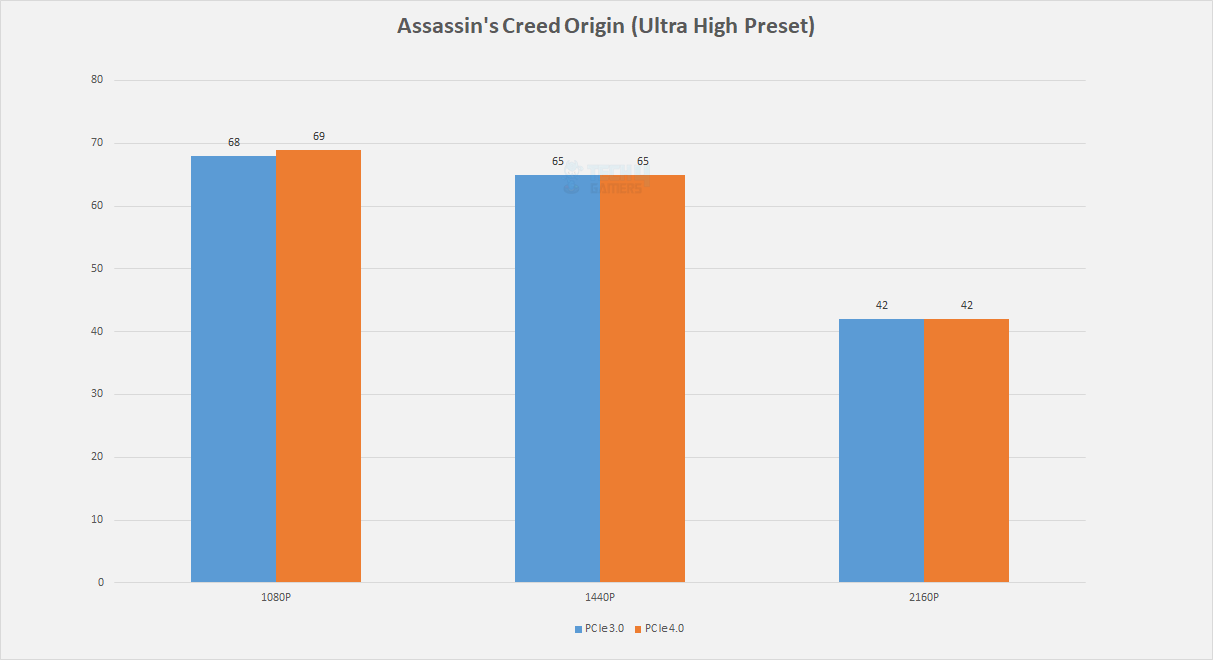
- At 1080p, we only saw a frame of difference between the two setups, with PCIe 4.0 getting 69 FPS on average and PCIe 3.0 getting around 68 FPS on average.
Battlefield V [DX12] [Game Engine: Frostbite 3]

- The difference in this game was only a tenth of a frame higher on average for PCIe 4.0, plateauing both cards around 132 FPS in this title.
DOOM [Game Engine: ID Tech 6]
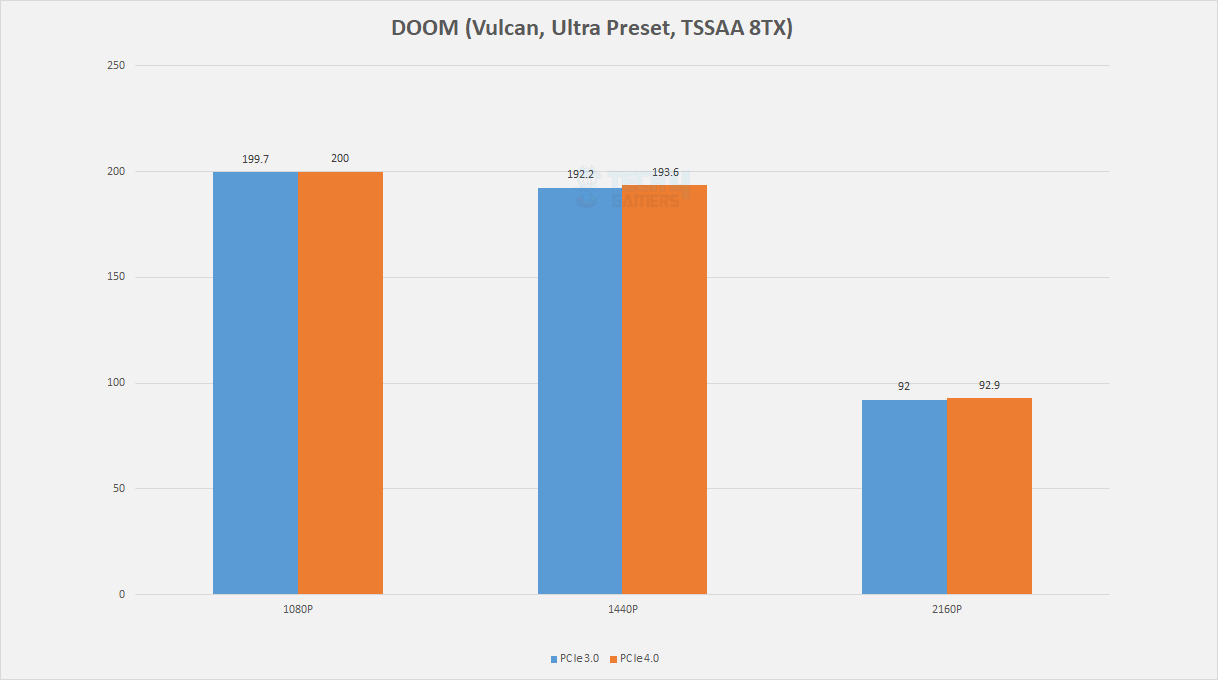
- Similar to the last game, PCIe 4.0 only produced results a third of a frame higher than its older counterpart, effectively putting both setups at an average performance of 200 FPS.
Grand Theft Auto V [Game Engine: RAGE]
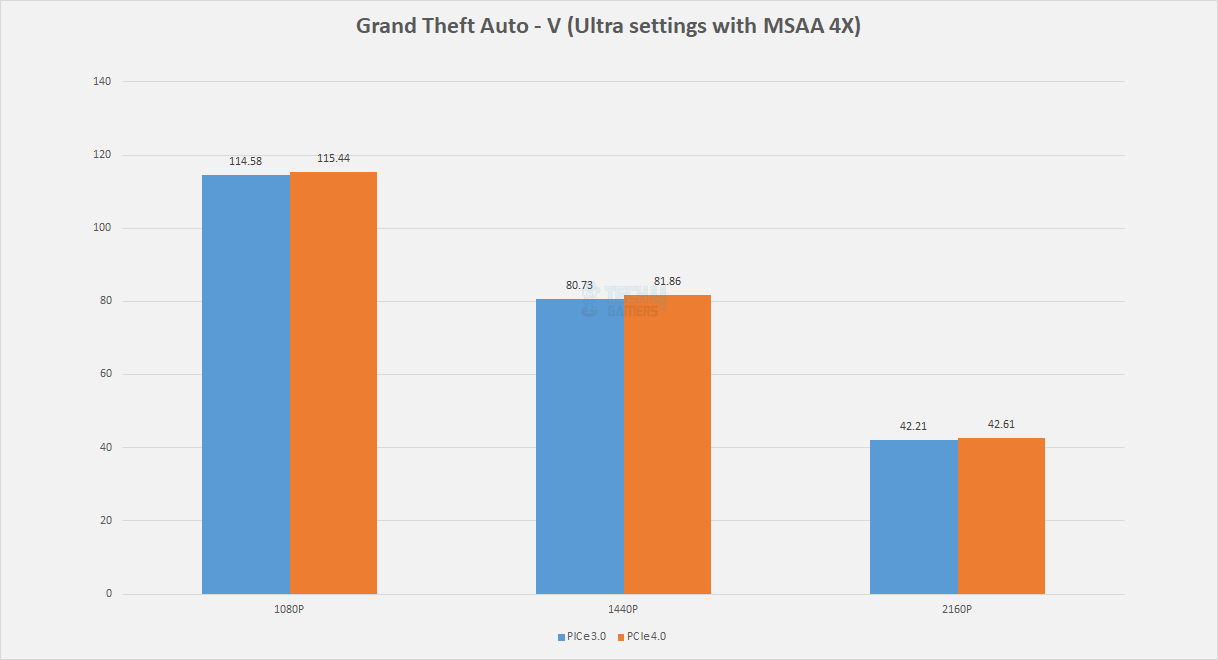
- The PCIe 4.0 system took a tiny victory in this game, averaging 115 FPS instead of the 114 FPS of the PCIe 3.0 setup.
Metro Exodus [DX12] [Game Engine: 4A Engine]
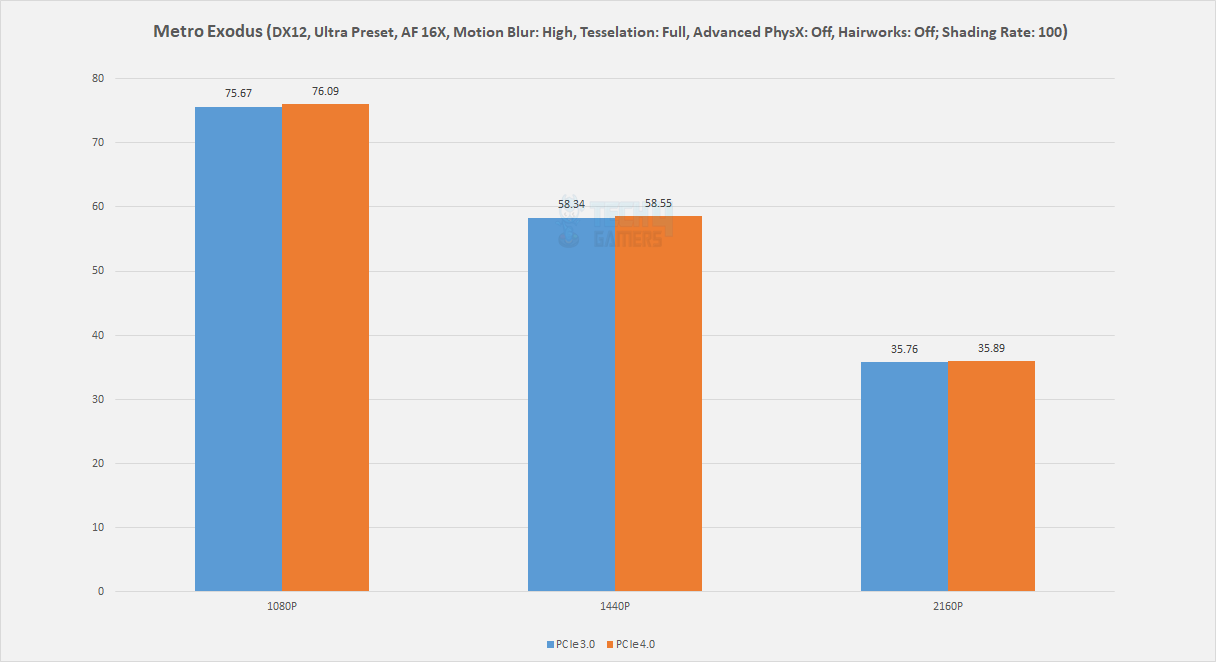
- Stagnation returned in this game, with both setups hovering around the 76 FPS mark for their average framerate in the game.
Middle Earth: Shadow Of War [Game Engine: LithTech Firebird]
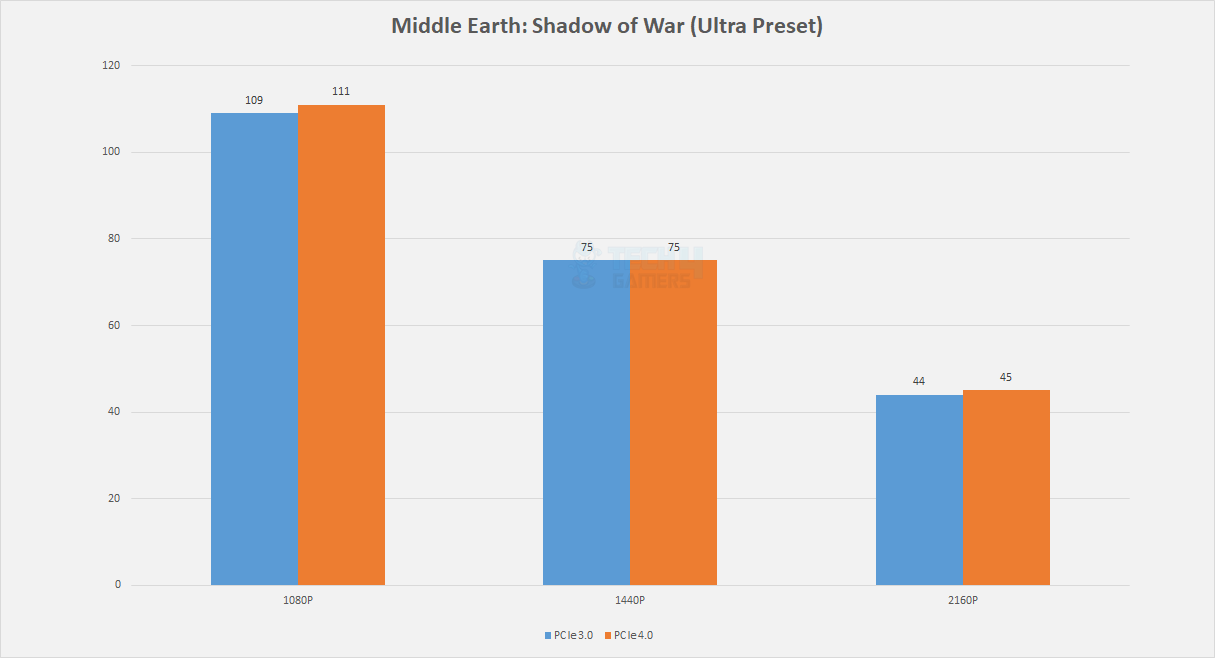
- Bringing some spice to a stalemate of comparison, the PCIe 4.0 setup had an average framerate of 111 FPS in this game, two frames higher than the 109 FPS average of the PCIe 3.0 setup.
Shadow Of The Tomb Raider [DX12] [Game Engine: Foundation]
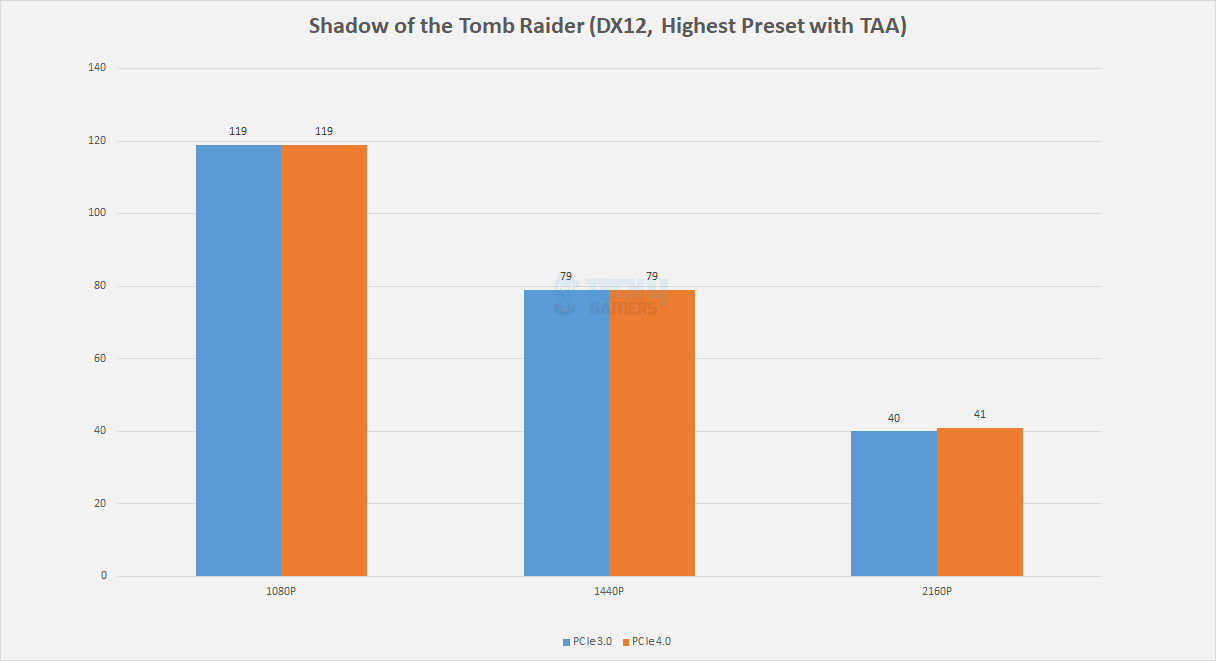
- The difference returned to nothing in this game, with both systems securing a framerate of 119 FPS.
Witcher 3: The Wild Hunt [Game Engine: REDengine 3]
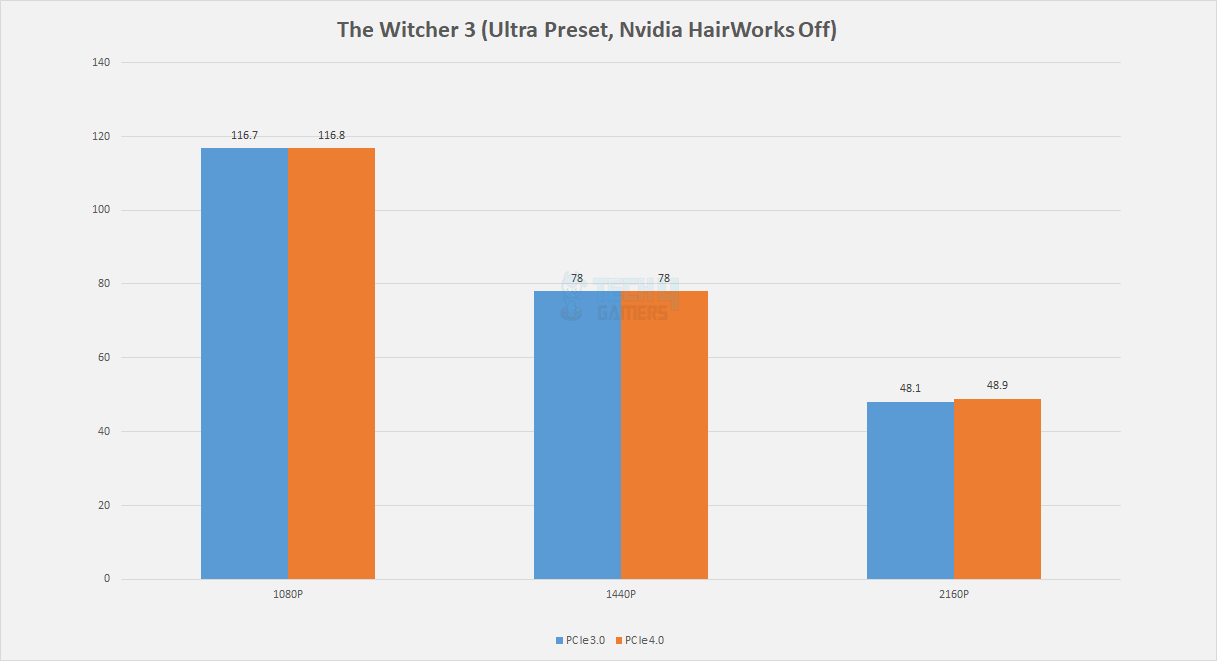
- Finally, this game also showed only a tenth of a frame of difference between the two setups, capping out our comparison with both configs getting a framerate of 117 FPS.
Overall Performance
| Featured | PCIe Gen 3 | PCIe Gen 4 |
|---|---|---|
| Average FPS | 117.375 📈 | 116.875 📈 |
| Winner: PCIe Gen 4 | ||
As seen in the game-to-game performance, the difference between these two technologies was really small, at least with the card we tested. We cannot promise this will remain the case for every GPU release, but the bandwidth of the PCIe 3.0 interface has proved sufficient for most graphics cards.
Our Verdict
PCIe 4.0: Though this technology performed only marginally better than its predecessor, there is a case to be made for keeping your system up to date. It’s better to buy components supporting this standard because of its relative safety of support compared to the older interface.
PCIe 3.0: This interface holds up to this day with its transfer speeds and bandwidth, though there are advantages to be had with newer technologies. Still, if you need to buy supporting components of this technology, fret not, as they should be adequate for most tasks.
In conclusion, the comparison between PCIe 4.0 vs PCIe 3.0 is clear cut: buy the newer one if you can, but don’t worry if you need to get the older one.
Similar Guides
Thank you! Please share your positive feedback. 🔋
How could we improve this post? Please Help us. 😔
[Comparisons Expert]
Abdemanaf is a skilled creative writer who has been honing his craft since 2011. While initially working in different fields, he found a passion for technology and has been exploring the tech world since early 2015. Over the years, he has developed an in-depth knowledge of the latest tech trends and product offerings by various companies.
Abdemanaf’s writing reflects his analytical mindset and ability to think critically. He has a knack for breaking down complex technical information into easily digestible pieces, making his articles engaging and accessible to readers from all backgrounds. In February 2022, he joined Tech4Gamers as a blog and product comparison writer, where he has been able to hone his skills further.
As a writer, Abdemanaf is dedicated to staying up-to-date with the latest technological advancements and trends, enabling him to provide readers with the most relevant and accurate information. He is always eager to learn more and is constantly seeking new challenges to improve his skills.
Get In Touch: manaf@tech4gamers.com



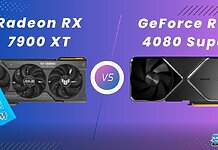

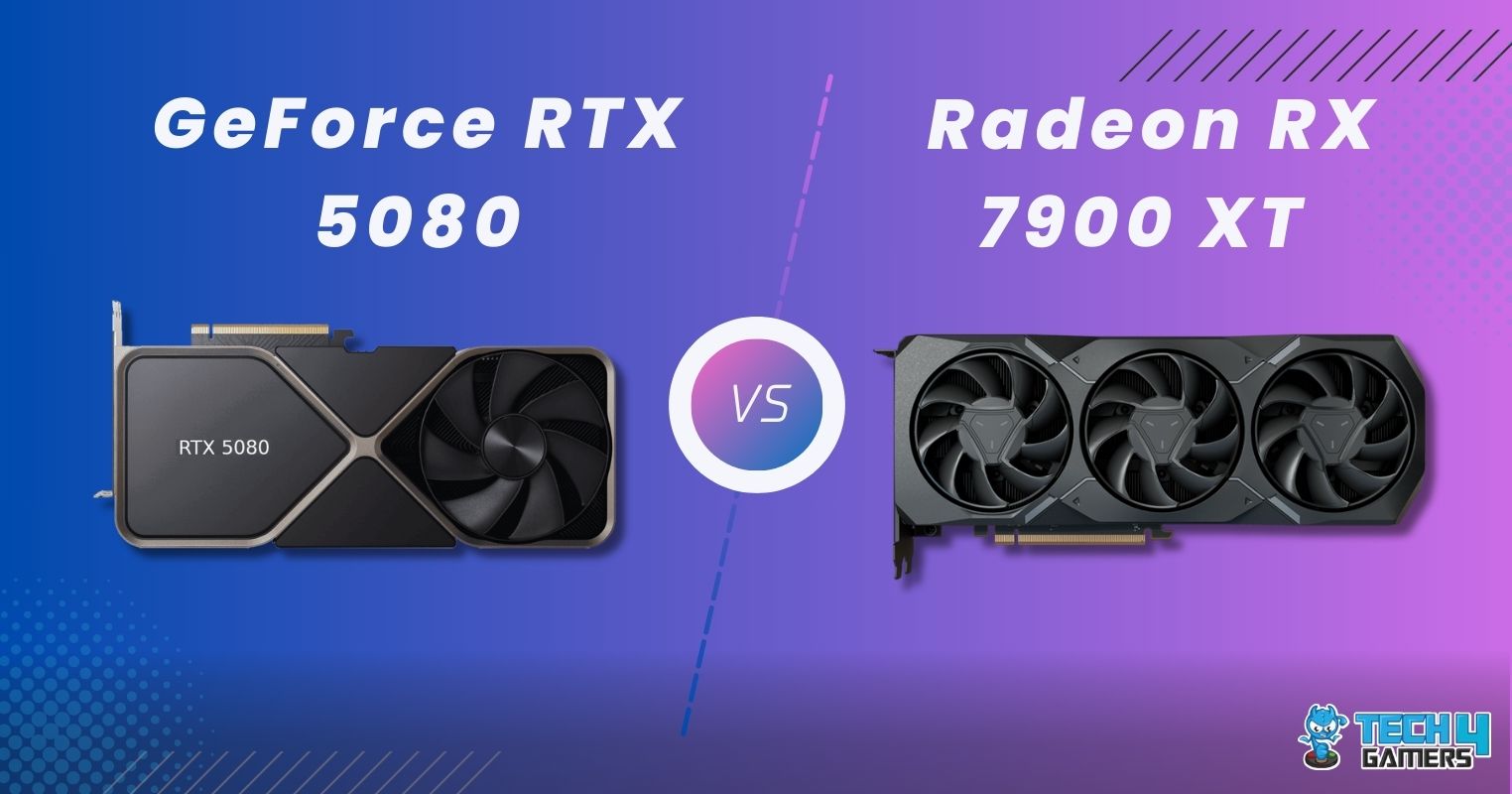
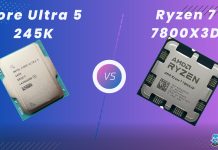

Feedback By: